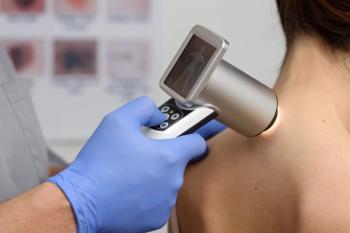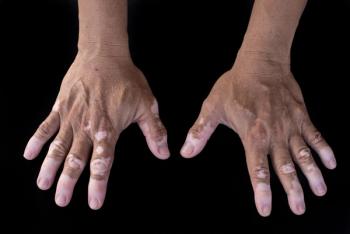
Telavancin for injection (Vibativ): Lipoglycopeptide antibiotic approved for the treatment of complicated skin and skin-structure infections
New molecular entity: Telavancin for injection (Vibativ) was approved on September 11, 2009, for the treatment of complicated skin and skin-structure infections (cSSSIs)
Telavancin is a lipoglycopeptide antibacterial agent that is a synthetic derivative of vancomycin. This antibiotic inhibits bacterial wall synthesis and disrupts the bacterial membrane barrier function. Telavancin was approved on September 11, 2009, for the treatment of complicated skin and skin-structure infections (cSSSIs) caused by susceptible isolates of the gram-positive microorganisms Staphylococcus aureus (methicillin-susceptible and methicillin-resistant isolates), Streptococcus pyogenes, Streptococcus agalactiae, the Streptococcus anginosus group, and Enterococcus faecalis (vancomycin-susceptible isolates only).
Efficacy. The efficacy of this agent was assessed in 2 randomized, multinational, multicenter, double-blind trials that compared IV telavancin 10 mg/kg every 24 hours with IV vancomycin 1 g every 12 hours for 7 to 14 days. The primary efficacy end point was the clinical cure rate at follow-up. In Study 1, telavancin-treated patients in the clinically evaluable population had a clinical cure rate of 84.3% versus 82.8% among vancomycin-treated patients; in Study 2, telavancin-treated patients in the clinically evaluable population had a clinical cure rate of 83.9% versus 87.7% among vancomycin-treated patients.
Safety. Women of childbearing potential should use effective contraception during treatment with telavancin, and pregnant women should avoid using telavancin unless the potential benefits outweigh the potential risks to the fetus, as adverse developmental outcomes were observed in 3 animal species with clinically relevant doses of telavancin. Increases in serum creatinine levels of 1.5 times baseline were more common among telavancin-treated patients versus vancomycin-treated patients in clinical trials. Patients with creatinine clearance ≤50 mL/min who were treated with telavancin demonstrated lower clinical cure rates than patients with creatinine clearance >50 mL/min. This agent should be administered over a 60-minute period, as more rapid intravenous (IV) infusions can lead to upper body flushing, urticaria, pruritus, or rash. Nearly all antibacterial agents have been associated with cases of Clostridium difficile-associated diarrhea, which may range from mild diarrhea to fatal colitis. Telavancin may prolong the QTc interval. This agent does not interfere with coagulation, but it does interfere with some tests used to assess coagulation. The most common adverse events associated with telavancin treatment include taste disturbance, nausea, vomiting, and foamy urine.
Newsletter
Get the latest industry news, event updates, and more from Managed healthcare Executive.






















































